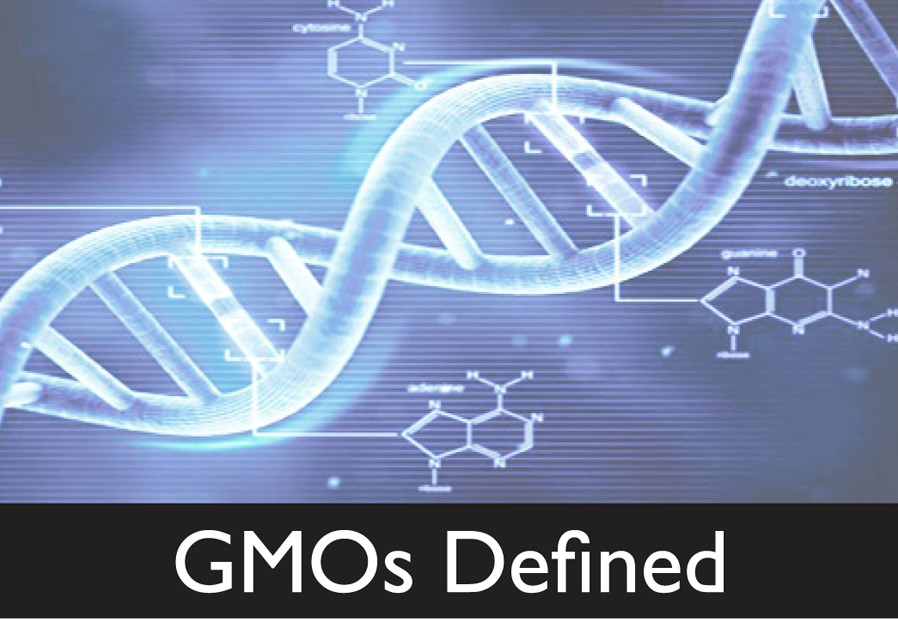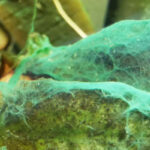November 8, 2014 – At a dinner party a few weeks ago one of the guests stated uncategorically that “GMOs are the cause of all these dietary allergies that kids are getting.” I quickly asked, what scientific basis did she have for that statement. Her response was she had heard or read it somewhere. In truth I suspect she was more than convinced by her own conviction rather than any legitimate science.
Misinformation on GMO crops is doing a disservice to the science behind genetically improving what we grow. The term GMO has become associated with the Monsanto, Dow, and BASF-led cabal of biotechnology and chemical companies that were first to market genetically modified staple crops. These companies through their controlling behaviours propagated mistrust in a large section of the public and even in the farming community. The stop Monsanto movement is more about the company’s corporate behaviour with numerous lawsuits against independent farmers who challenge the restrictive rules around growing Monsanto-modified seeds.
At the dinner party I asked the guest what is the difference between genetically altering a plant through gene insertion or deletion, versus selectively breeding a plant over many generations to inhibit an unwanted trait?
Her response was that gene insertion could mean putting something from a tomato into corn. She is absolutely right. This form of genetic modification, practiced by agro-scientists has produced herbicide resistant corn and soybeans. It has introduced insecticidal toxins from a bacteria into food staple crops to helped them fight off crop-eating pests. It is helping to create new varieties of plants that, with features borrowed from bacteria, are better at fixing nitrogen, critical to plant health and growth. That means farm field with fewer applications of fossil-fuel based nitrogen fertilizers. And that means less nitrogen-laced water from runoff and fewer algae blooms in neighbouring downstream lakes and rivers.
This form of bio-engineering gene traits from one species to another is also having an impact in biomedicine where new medications are being developed using genetically modified sheep and goats milk containing clotting factors.
Before GMO science came on the scene plant genetics was a random process. Agro-scientists cross bred varieties of plants. That meant they were combining lots of genes hoping that over several generations and a lot of patience they would yield new desirable character traits in a species. Today scientists bypass the multi-generation hit and miss approach by selecting known desirable traits represented by specific genes and splicing them into plant DNA. It works. It saves time. And it can save lives.
But just how far is society willing to accept the full implications of genetic modification? Those opposed have coined the term “frankenfoods.” As a term it invokes an unholy pursuit that is unleashing monsters and demons in the foods we eat. But “frankenfood” may be one answer to a growing global population, and not the source of ills as stated by the dinner guest I spoke of earlier.
For example in China today GMO is big business with the government spending billions of dollars and engaging thousands of research scientists in its study. The immediate response of course is, sure China with its centrally planned economy can get away with this.
Well in recent years graft and corruption have yielded a number of food scandals in China and although the acronym GMO has come up, none of these have involved anything genetically modified. Remember the melamine-tainted milk formula, some of which arrived in North America, or the tainted cooking oil sold to consumers resulting in many deaths? No GMO in either.
But there is one scandal involving a GMO crop, golden rice, developed in 1999, which was served to hundreds of unsuspecting families not told what they were eating was genetically altered. And although no child suffered, and probably many were protected from Vitamin A deficiency (VAD) a cause of blindness in up to a half million children annually, when the news came out a number of senior Chinese officials lost their jobs.The genes inserted in golden rice were not manufactured but came from plants like squash, carrots and melons, all great food sources for Vitamin A. But in South Asia that’s not what people eat. They eat rice and the lack of Vitamin A in the diet has proven to be a great danger to children in the first few years of life.
In China today there is less arable land than in the past. Urbanization and industrialization is destroying farms. So the country has to produce more on less acreage. That’s why China is the world’s top spending nation when it comes to genomics and GMO research. Chinese leaders see GMO as insurance, helping them feed a population of 1.3 billion, expected to peak at 1.4 billion in 2030. GMO is a way to fight climate change, developing crops resistant to heat and drought, using fewer pesticides and herbicides, reducing nitrogen-based fertilizers manufactured from fossil fuels. And although the country today is self-sufficient in food production the fear of climate change impacting future yield levels has the government focused on creating crops that will be even more successful.
Today outside of China the war against GMO is fought in skirmishes from Hawaii to the European Union. In Africa governments are in a quandary to allow GMO plantings or restrict their use. The misinformation in social media and the blogosphere is abundant. Just look at the links to articles across the web provided below. Lots of people see Frankenstein’s monster in those three letters – GMO.
A solution may be to get rid of them, that is the acronym GMO, altogether. In her book, Tomorrow’s Table: Organic Farming, Genetics and the Future of Food, Pamela Ronald, a professor in the Department of Plant Pathology at University of California, Davis, argues that “the term GMO is scientifically meaningless.” In her book she argues for the blending of genetic engineering and organic farming practices to help meet the needs of a growing world population in both a sustainable and environmentally balanced way.
Ronald is calling it genetic engineering. We’ve been doing it since we gathered the first wild wheat stocks on Mesopotamian hillsides and harvested the seeds to plant over 12,000 years ago. At every harvest we selected the best seeds to repropagate the next year’s crop, genetically engineering one growing season at a time.





















